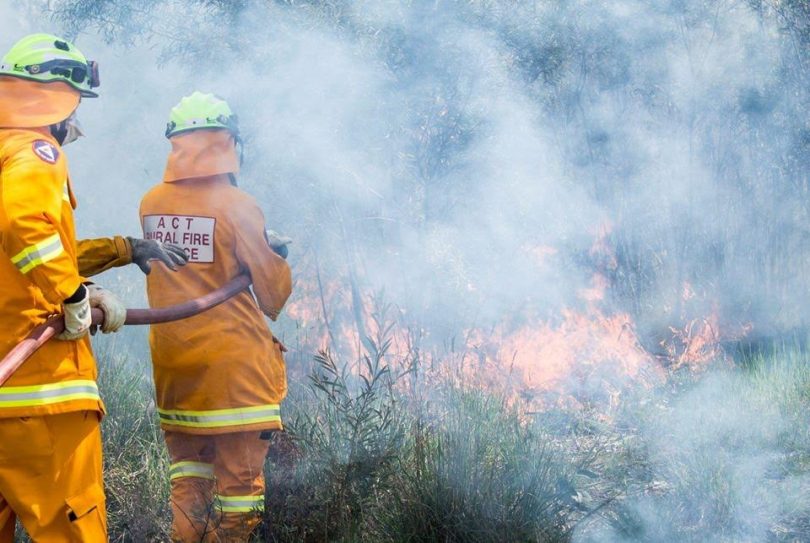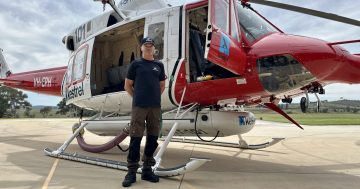
A national firefighting fleet is needed to combat remote fires, the Independent Bushfire Group said. Photo: Gary Hooker.
A business case to build a sovereign Australian fleet of firefighting aircraft capable of extinguishing remote fires before they become disasters has been recommended by a Senate inquiry into the summer’s bushfires.
Fast attack strategies against particularly remote lightning fires that later became disasters could have been put out shortly after ignition with a strong force of specialised helicopters, bombers and remote area fire crews, Independent Bushfire Group member and former incident controller Geoff Luscombe said.
These crews would be dedicated to extinguishing remote fires, he said.
“Supported by the best lightning strike detection technologies, these teams could act quickly while there were only one or two trees alight,” Mr Luscombe said.
“Changes in decision-making and investment in specialised firefighting can ensure more lightning fires are put out early, thus reducing costs and impacts on communities and bushland.
“It is clear that we are in unchartered territory for future fire seasons, and we need radical changes in the way we understand and fight fires in the era of climate change.”
The Senate inquiry found that firefighting aircraft play a “vital and necessary role” and highlighted the importance of Australia having access to its own fleet as overlapping bushfire seasons with countries like the US means sharing firefighting resources is now becoming more difficult.
The report chastises the Commonwealth Government for not adequately funding such a fleet.
“The committee holds grave concerns over the apparent reluctance of the Commonwealth Government to properly and promptly fund Australia’s aerial firefighting capacity,” it says.
“The committee is of the view that it should not have taken years for the government to take action in providing additional and more permanent funding to the NAFC [National Aerial Firefighting Centre].”
The Commonwealth gave the NAFC $20 million during the black summer bushfires in January to hire four firefighting aircraft for the remainder of the fire season, a move which was criticised as being too little too late at the time.

Cost-sharing arrangements between the Commonwealth and states and territories need to be reviewed, the report recommends. Photo: Supplied.
The Senate Committee also recommended that the Disaster Recovery Funding Arrangements (DRFA) between the Commonwealth and states and territories be streamlined and easier to access.
In July, Chief Minister Andrew Barr called the scheme’s rollout convoluted and inefficient, saying the “timeliness, complexity, scope and quantum” of the cost-sharing arrangements were a concern for the ACT.
“The DRFA, which has been suitable after previous disasters, proved cumbersome and challenging to implement in these particular circumstances,” he said.
The report also recommended an increase in the rate of the one-off Disaster Recovery Payment of $1000 for eligible adults and $400 for eligible children and the Disaster Recovery Allowance, a short-term income support payment.
It also recommended the ABC receive annual discrete funding for emergency broadcast services.




















